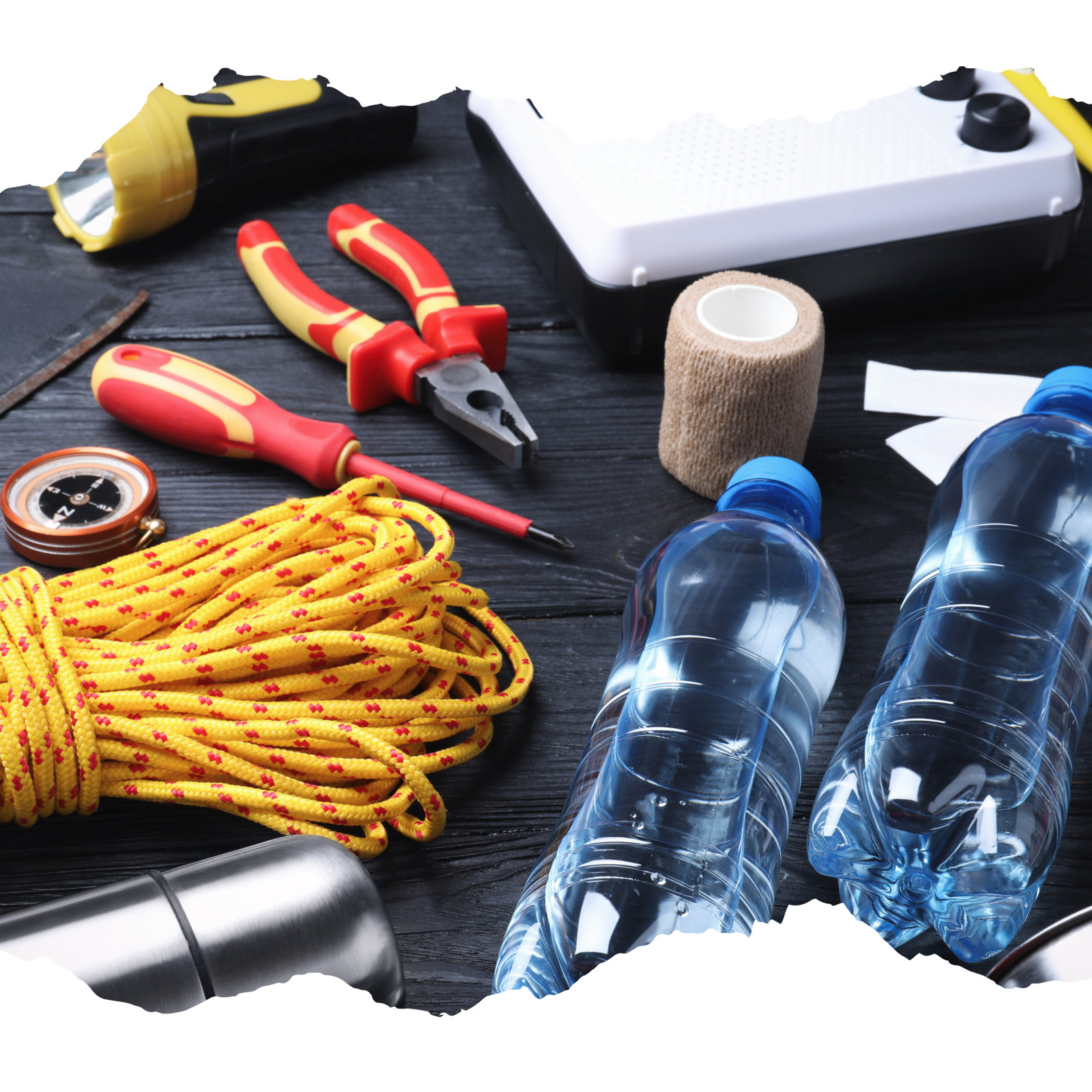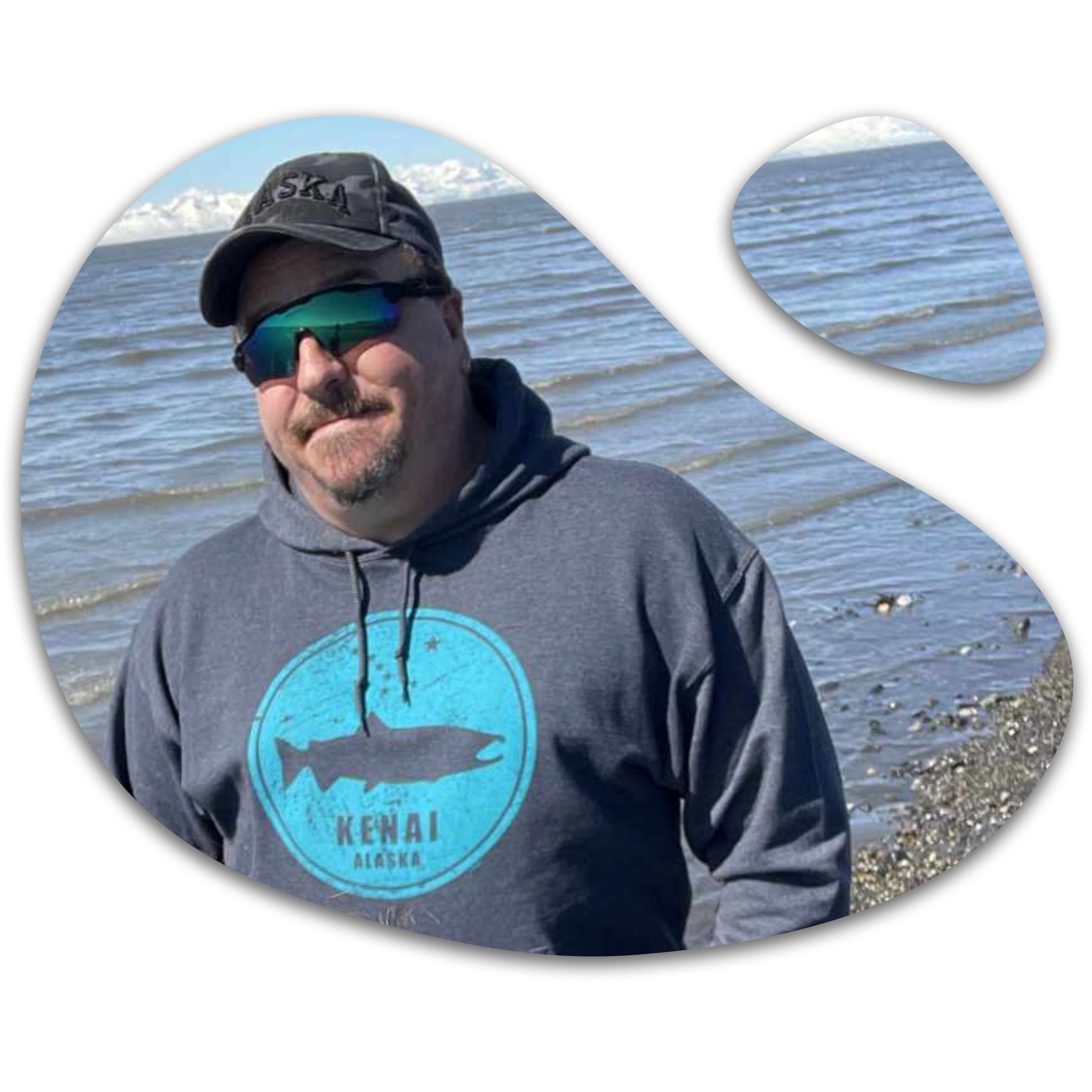
Discover Three Essential Ways to Safely Quench Your Thirst: The Water Purification Guide
Water, the elixir of life – so says the maxim. And yet, the liquid that's seemingly synonymous with vitality can often be teeming with invisible dangers that can put our health at risk. However, in our technological age, where every necessity and convenience has been optimized, something essential about water still eludes many—safety. In this guide, tailored for the health-conscious, the outdoor enthusiast, and the sustainability champion in you, we will deep-dive into three elemental methods that ensure that your gulp is as pure as it can be.
Boiling: The Old Master's Test
Among the most ancient of purification methods, boiling is akin to the trial by fire for impure water. The process is straightforward enough – heat water to the point where it bubbles and holds at that state for 10 minutes. This time-honored technique guarantees a kill-off of nearly all microbial foes, be they bacteria, viruses, or even parasites.
The Science Behind It
The logic behind boiling water is beautifully simple. The energy in the heat causes the water to evaporate, and in the process, it leaves behind the bulk of the impurities. Once the water achieves a full, rolling boil, the minute organisms within are subjected to temperatures that no microbe can withstand, resulting in a clear, safe drink.
Pros and Cons
Pros:
- Inexpensive: You only need a heat source, a pot, and patience.
- Effective: It's a virtually foolproof way to purify water.
Cons:
- Time-Consuming: Requires waiting for water to boil then cooling down to drinkable temperatures.
- Resource-Intensive: It demands a constant heat source that may not always be available.
Filtration: Nature's Best Engineer
Nature filters water through soil and rock over time, giving many the purest water known. You can mimic this process with modern water filtration systems, which work by passing water through a porous material, trapping undesirable elements.
The Science Behind It
Today's water filters use a range of components, from ceramic to activated charcoal. These materials consist of microscopic pores that stop larger contaminants, while others, like activated carbon, bind chemical components through a process known as adsorption.
Pros and Cons
Pros:
- Convenient: Portable filters can be used on-the-go.
- Reliable: Many filters meet rigorous NSF International standards for water safety.
Cons:
- Maintenance: Filters require regular cleaning and replacement to remain effective.
- Selective: Some filters, like UV filters, may not remove certain types of contaminants.
Chemical Treatment: The Portable Purifier
For water purification on the move, nothing beats the portability and simplicity of chemical treatments. Tablets or drops that contain chlorine, iodine, or other substances can effectively neutralize harmful pathogens from your water source.
The Science Behind It
Chemical treatments are game-changers because they can disinfect water without heat, which makes them ideal for situations where boiling is impractical. The active chemicals work by impairing the organisms' ability to function – a bit like when you put a plastic bag over a fly to catch it.
Pros and Cons
Pros:
- Compact: Treatments come in small, lightweight packaging.
- Rapid: Purification can sometimes be achieved in 30 minutes.
Cons:
- Taste: Iodine treatments, in particular, can leave an undesirable flavor.
- Resistance: Over time, some pathogens can develop a tolerance to certain chemicals.
The Best Method? It Depends
Water, as a living, adaptive force, often resists simple categorizations. Similarly, the most effective purification method is one that takes into account the source's peculiarities and the context in which we find ourselves.
While boiling is the veritable standby, the inconvenience of waiting and the need for a heat source make it less than ideal for every situation. Filtration is a balanced approach, but one that demands consistent maintenance. Chemical treatments, though capable and portable, may leave a taste to be desired and cannot be used regularly due to the risk of microorganism resistance and long-term health effects of certain chemicals.
Conclusion: A Tale of Adaptation and Preparation
In the end, as with all things in life, adaptability is key. A traveler will cherish the convenience of chemical treatments, a homebody the steadfastness of boiling, and a naturalist the elegance of filtration. Remember, these methods are not mutually exclusive; in fact, they can complement each other beautifully, ensuring that no matter the circumstances, your cup runneth over with a drink that is both safe and satisfying. Choose wisely, and savor not just the water, but the wisdom in how you've chosen to purify it.
Until next time.
Brandon & Angela


















0 Comments